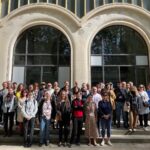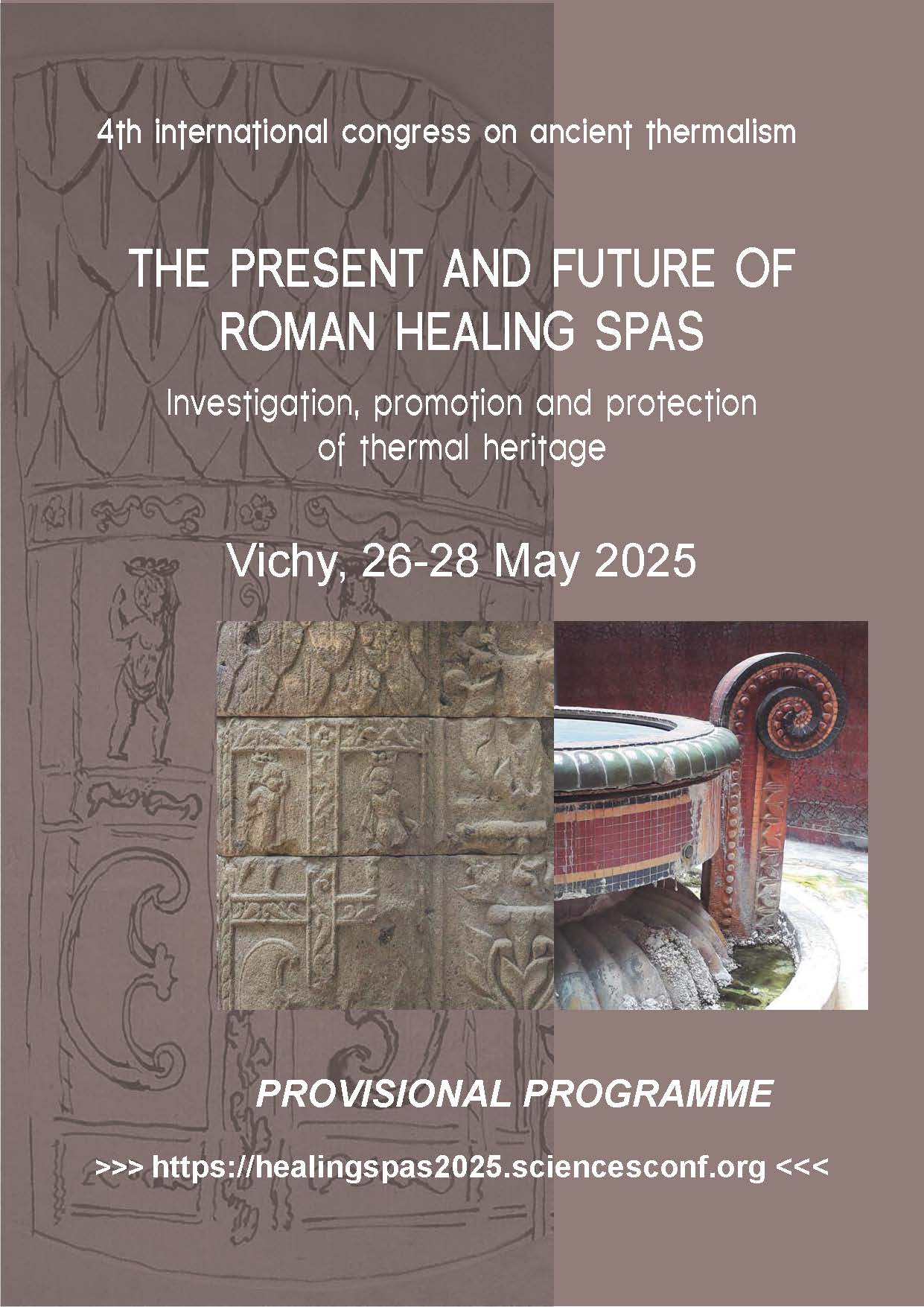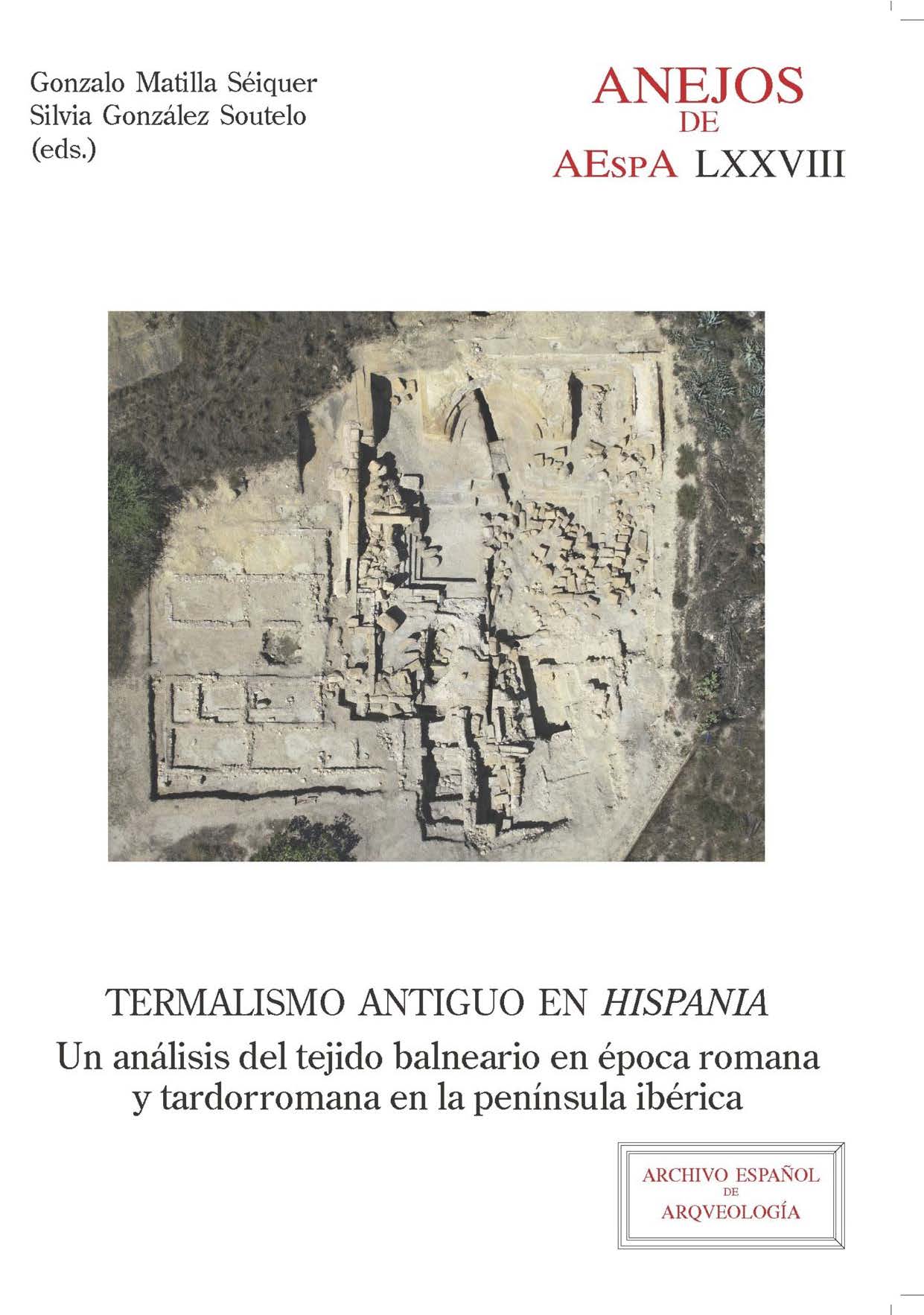Patricia Erfurt, The Geoheritage of Hot Springs. Springer ed., April 2021.
40 + 382 pages, colored illustrations and tables. Euro 117,69 e-book 155,99 hardcover
Diving into (the research on) healing spas again, I discovered the new book The Geoheritage of Hot Springs by Patricia Erfurt, that was just published in April 2021. Attracted by the title, I started reading on-line: Some pages of the initial part are visible on google books.
Thus, the following sentences are to be understood as an announcement, not as a book review.
The author’s background is geography and geology. She has a long professional experience, and several publications on volcanology and hot springs. Beyond this, with her work on geotourism she also covered the human impact of hot springs.
As the publication is part of a series of books by the same editing house, and after browsing the long table of contents, I expected a reference book, or at least a handbook, with a global approach to hot springs. But: How to manage such a complex subject on relatively few pages, with generally short entries? My doubts were confirmed by the author’s statements in the introduction: – the book is written for a wide audience interested in the topic, – the focus is on key aspects, – only a very limited selection of examples is offered. Erfurt insists, but, on the so far underrepresented global perspective. The suggested readings, and the references (for the introduction chapter) are poor.
The very detailed table of contents shows clearer than the introduction chapter, nonetheless its included overviews of the chapters, what is explained and discussed in the book.
The reader will receive scientific support from the short facts about the geology and hydrology. I was impressed by the geodiversity of hot springs. For researchers of ancient spas, the paragraphs about subterranean thermal karst systems and about travertine terraces built of siliceous sinter (or: concretionary limestone, calcium carbonate) are of great value. Very nice illustrations and several graphs and tables render the learning a pleasure. Erfurt collected, and presents here, examples from all over the world. Especially for scholars of Antiquity, this is interesting new evidence from outside the classical world or the Roman empire.
Less convincing the historical part. The selection of sites and the order of appearance follow geographical patterns. Already in the introduction, the development of hot springs sites does not consider any chronological order. If there had been a continuum is questionable: a very much debated argument, for example for the gap (of documentation) between Antiquity and Middle Ages. Correct to constate some hot springs at the origin of settlements – but where and when?
If the author asks: “Why are hot springs so popular?”, I would like to respond: “Are they?” We have seen a certain revival of healing spas at the end of the 20th century, but Erfurt’s examples – Japan, Germany, and Pamukkale in Turkey – are conditioned by completely different traditions and modern-day developments. Again, I missed the historical context.
An attempt to abandon national, and often outdated classifications of hot springs, may be a good aim for the future. I agree, a dilemma when to classify a spring as cold or hot; the ancient Romans, it seems, did not care about, and used both. Further on, dividing hot springs, travertine formations, and waterfalls into separate categories is no solution because the overlap outweighs the difference.
I cannot touch here the interesting chapters dedicated to geochemistry, threats and protection of springs, religion and mythology, the natural environment, healthcare and hot springs.
For the more than 420 pages with many beautiful colored illustrations and several tables, the price is Euro 117,69 for the e-book or Euro 155,99 for the hardcover printed version (no paperback available). The price will limit the diffusion of this helpful and inspiring ‘guide to hot springs’, as I may finally define the book, to libraries and scholars.
This book presentation allows me to remind the colleagues of the (not much known?) book by Gert Michel, “Mineral- und Thermalwaesser, Allgemeine Balneogeologie. Lehrbuch der Hydrogeologie” vol. 7, Berlin-Stuttgart 1997. Furthermore, I can recommend to archaeologists a new publication by Giuseppe Gisotti, “Geologia per archeologi. Forme del terreno e civiltà antiche”, Roma 2020, where springs are briefly discussed on pages 153-157.
By Jens Koehler, Rome, 8/2021









